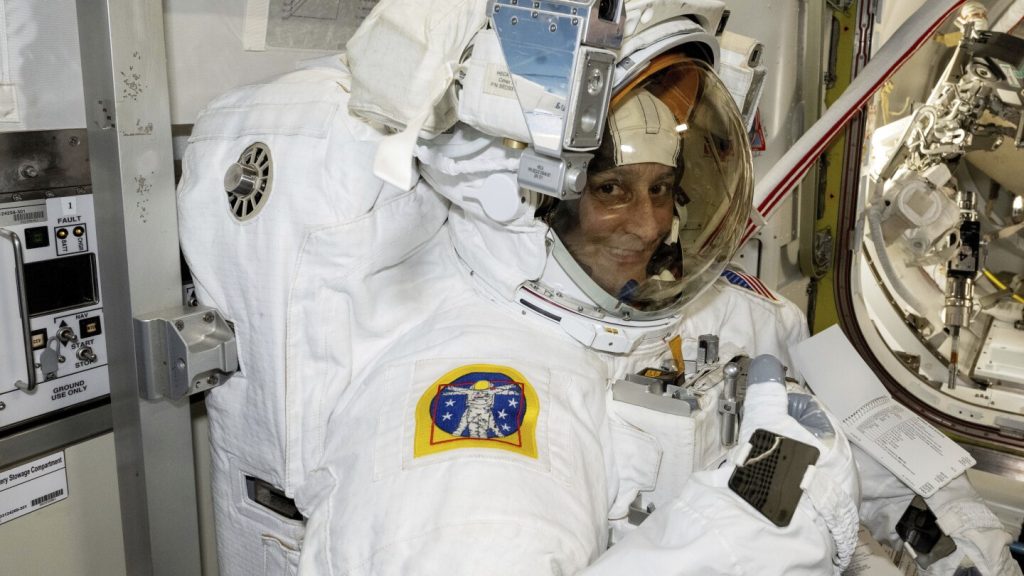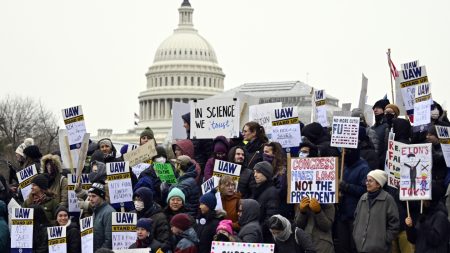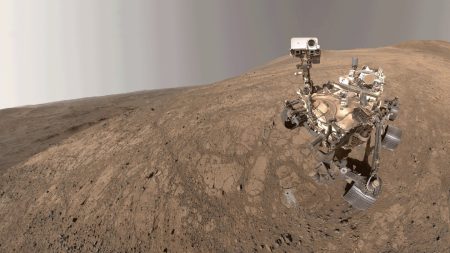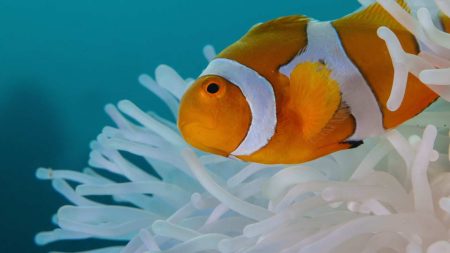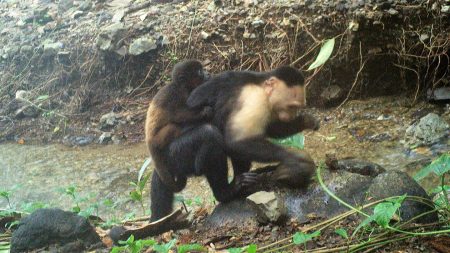Astronaut Suni Williams Embarks on First Spacewalk After Extended Stay Aboard ISS
On a Thursday high above Earth, astronaut Suni Williams, commander of the International Space Station (ISS), finally experienced a change of scenery after being confined within the orbiting laboratory for over seven months. Accompanied by fellow NASA astronaut Nick Hague, Williams embarked on her first spacewalk since arriving at the station. The duo ventured outside as the ISS soared 260 miles above Turkmenistan, marking a significant moment for Williams and a resumption of U.S. spacewalks after a hiatus due to technical issues. This spacewalk, Williams’ eighth overall, represented a return to extravehicular activity (EVA) following an extended stay within the station. The extended stay was a consequence of unforeseen circumstances related to their initial transport to the ISS.
Williams and astronaut Butch Wilmore had originally launched to the ISS aboard Boeing’s new Starliner capsule in June of the previous year. The mission was intended as a week-long test flight, but technical difficulties with the Starliner extended their stay significantly. NASA, prioritizing safety, decided to return the capsule to Earth without the astronauts on board. The return of Williams and Wilmore was further delayed by subsequent issues with the SpaceX launch scheduled to bring their replacements. This chain of events resulted in an unplanned extended mission, stretching their stay to approximately ten months.
The spacewalk marked a return to normalcy for NASA’s EVA program. Previous U.S. spacewalks had been suspended after a concerning incident during which water leaked into the airlock from an astronaut’s suit cooling system. NASA engineers meticulously investigated the problem, implementing corrective measures to ensure the safety of future spacewalks. With the issue resolved, Williams and Hague were cleared to proceed with their assigned tasks outside the ISS. This resumption of spacewalks was a crucial step for maintaining the station and conducting necessary repairs.
Williams’ extensive experience in space prior to this mission added a layer of significance to the EVA. Having lived and worked on the space station in the past, she possessed a level of familiarity with the environment and procedures that proved invaluable. This experience, combined with her role as station commander, positioned her as a key figure in the success of the spacewalk. Working alongside Hague, Williams addressed overdue maintenance tasks, contributing to the ongoing operation and longevity of the orbiting outpost. This collaborative effort underscored the importance of teamwork in the demanding environment of space.
The successful completion of the spacewalk represented a significant achievement for both the astronauts and NASA as a whole. It demonstrated the resilience and adaptability of the space program in the face of unexpected challenges. Furthermore, it highlighted the crucial role of spacewalks in maintaining the International Space Station, a vital platform for scientific research and international collaboration. Williams’ return to EVA after an extended stay serves as a testament to the dedication and professionalism of the astronauts who contribute to the advancement of space exploration.
This spacewalk holds broader implications for the future of space exploration. It signifies a return to operational normalcy after a period of technical challenges and underscores the importance of robust safety protocols. Furthermore, it highlights the ongoing collaboration between international partners in maintaining and utilizing the ISS, a testament to the global nature of space exploration. As NASA and other space agencies continue to push the boundaries of human presence in space, the successful execution of EVAs like this one will remain a critical component of future missions.




